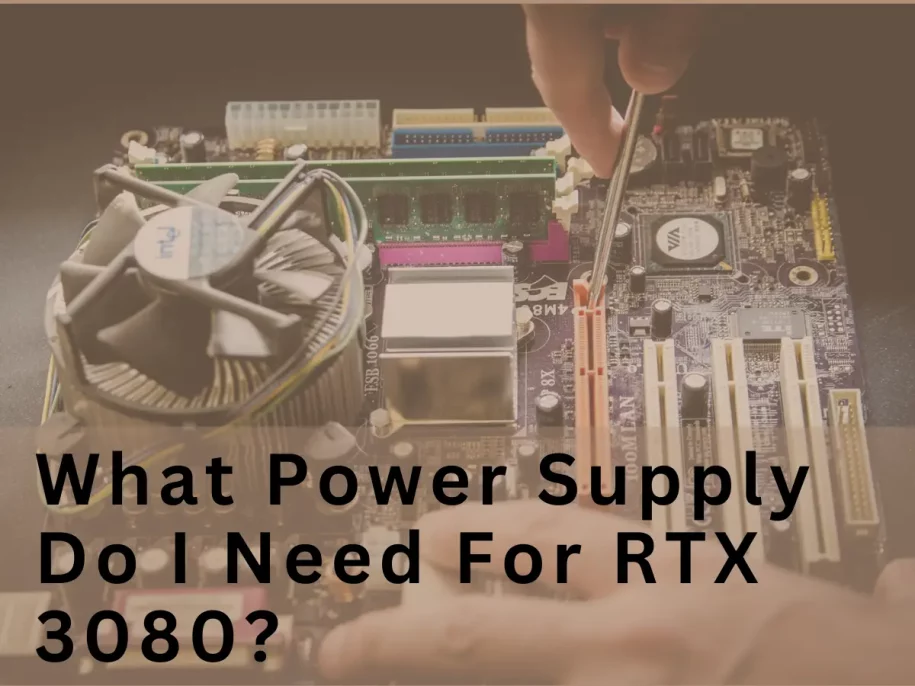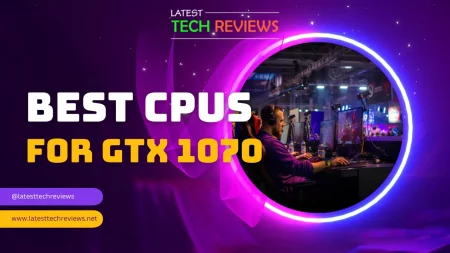
The graphics card is the heart and soul of any gaming PC, and the RTX 3080 from NVIDIA has taken the gaming world by storm with its impressive performance and stunning visuals. However, with great power comes great responsibility, and in this case, the responsibility lies in choosing the right power supply to fuel this beast of a graphics card.
In this article, we will dive into the power requirements of the RTX 3080 and provide you with valuable insights on selecting the optimal power supply for your system.
Introduction
When building a high-performance gaming rig, it is crucial to ensure that all components receive sufficient power to operate efficiently. The power supply unit (PSU) is responsible for delivering the necessary power to your system’s hardware, including the graphics card. In the case of the RTX 3080, due to its power-hungry nature, choosing an appropriate PSU becomes even more critical.
Understanding the RTX 3080
Before we delve into the power supply requirements, let’s briefly understand the RTX 3080. It is a flagship graphics card from NVIDIA’s Ampere series, designed to deliver exceptional gaming performance, real-time ray tracing, and AI capabilities. With its advanced architecture and impressive specifications, the RTX 3080 demands a robust power supply to unleash its full potential.
Power Requirements for the RTX 3080
1 Power consumption
The power consumption of the RTX 3080 can vary depending on various factors such as workload, overclocking, and system configuration. On average, the RTX 3080 has a rated power consumption of around 320 watts under typical gaming loads. However, during peak loads or when overclocked, it can draw significantly higher power.
2 Power supply requirements
To ensure stable and reliable operation of the RTX 3080, it is essential to select a power supply that meets its power supply requirements. NVIDIA recommends a minimum power supply wattage of 750 watts for the RTX 3080. This is to accommodate the high power demands of the graphics card as well as other components in your system.
Factors to Consider
When choosing a power supply for your RTX 3080, there are several factors to consider to ensure optimal performance and longevity.
1 Graphics card wattage
While the RTX 3080 has a rated power consumption of 320 watts, it is advisable to consider a power supply with a higher wattage to provide headroom for system stability and future upgrades. A power supply in the range of 850-1000 watts would be ideal for most gaming setups.
2 CPU and other components
It’s important to consider the power requirements of your CPU and other components when selecting a power supply for the RTX 3080. A high-end CPU, additional storage drives, and other peripherals can significantly contribute to the overall power draw of your system. Ensure that your power supply has enough wattage to handle the combined power needs of all components.
3 Overclocking
If you plan on overclocking your RTX 3080 or other components, you should account for the increased power consumption. Overclocking can push the hardware to its limits, requiring additional power. It’s advisable to choose a power supply with even higher wattage to accommodate the increased power demands during overclocking sessions.
Recommended Power Supply
When it comes to selecting the right power supply for your RTX 3080, several factors come into play.
1 Wattage
As mentioned earlier, a power supply with a wattage rating of 750 watts or higher is recommended for the RTX 3080. However, if you have a heavily overclocked system or plan on adding multiple GPUs in the future, opting for a power supply with a higher wattage can ensure stability and future-proofing.
2 Efficiency
Consider the efficiency rating of the power supply, usually indicated by the 80 Plus certification. Higher-rated power supplies offer better energy efficiency, resulting in reduced power consumption and heat generation. Look for power supplies with at least an 80 Plus Gold certification for optimal efficiency.
3 Modular vs. Non-modular
Power supplies come in modular and non-modular variants. Modular power supplies allow you to connect only the necessary cables, reducing clutter and improving airflow within your system. Non-modular power supplies come with a fixed set of cables. Both options have their advantages, so choose based on your specific needs and preferences.
Common Mistakes to Avoid
When choosing a power supply for your RTX 3080, there are a few common mistakes you should avoid:
- Underestimating power requirements: Always opt for a power supply with higher wattage than the minimum recommended. It provides headroom for upgrades and ensures system stability.
- Ignoring efficiency: Choosing a power supply with a higher efficiency rating not only saves energy but also contributes to overall system performance and longevity.
- Neglecting cable management: Proper cable management helps maintain good airflow and reduces the risk of overheating. Opt for modular or semi-modular power supplies for cleaner cable management.
Installing the Power Supply
Once you have selected the appropriate power supply, follow these steps to install it in your system:
- Power down your PC and unplug it from the power source.
- Open your PC case by removing the side panel.
- Locate the power supply bay in your case.
- Remove the screws securing the old power supply (if any) and carefully disconnect all cables.
- Install the new power supply by aligning it with the bay and securing it with screws.
- Connect the necessary cables to the motherboard, graphics card, CPU, and other components.
- Double-check all connections to ensure they are secure.
- Close the PC case, reconnect the power cord, and power on your system.
Conclusion
Selecting the right power supply for your RTX 3080 is crucial to ensure stable and efficient operation of your gaming rig. Considering factors such as wattage, efficiency, and system requirements will help you make an informed decision. Remember to choose a power supply with adequate wattage, high efficiency, and consider modular options for better cable management. By investing in a quality power supply, you can maximize the performance and longevity of your RTX 3080 and other system components.
Frequently Asked Questions
Can I use a lower wattage power supply for my RTX 3080?
While it’s not recommended, you may be able to use a lower wattage power supply. However, it can result in system instability and potential damage to your hardware. It’s best to choose a power supply with the recommended wattage or higher.
Do I need to consider the power supply’s efficiency?
Yes, the efficiency of the power supply is important. Higher efficiency power supplies not only consume less energy but also generate less heat, resulting in improved performance and reduced electricity costs.
What happens if I overclock my RTX 3080 without a sufficient power supply?
Overclocking increases the power consumption of your GPU. Without a sufficient power supply, your system may experience crashes, instability, or even damage to the components. Always ensure your power supply can handle the increased power requirements.
Is a modular power supply worth the extra cost?
Modular power supplies offer the advantage of better cable management by allowing you to connect only the necessary cables. This improves airflow, reduces clutter, and makes maintenance easier. If cable management is a priority for you, a modular power supply is worth considering.
Can I use a power supply from a previous build with my RTX 3080?
You can use a power supply from a previous build as long as it meets the recommended wattage and has the necessary connectors for your RTX 3080. However, ensure the power supply is in good working condition and has the required efficiency and features.
Can I use a lower-rated 80 Plus power supply for my RTX 3080?
While a lower-rated 80 Plus power supply may work, it’s best to choose a power supply with at least an 80 Plus Gold certification for better efficiency and stability. The RTX 3080’s power requirements make it advisable to invest in a higher-rated power supply.










